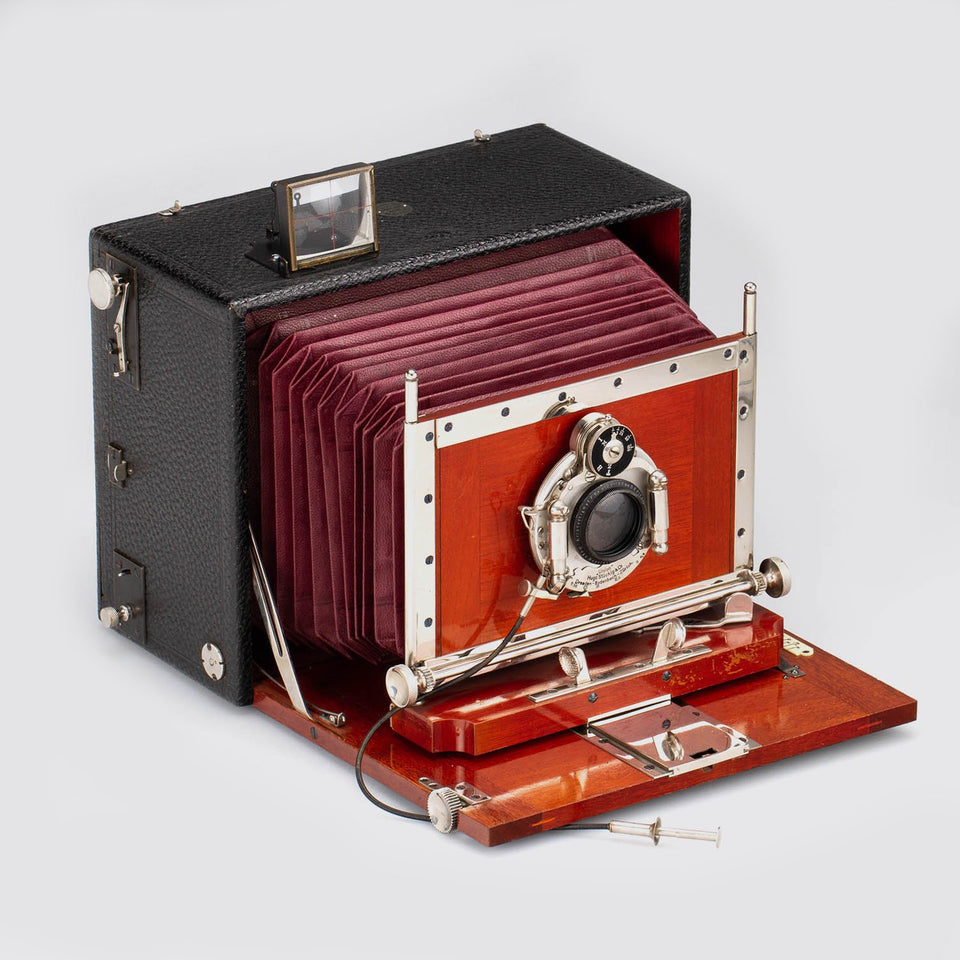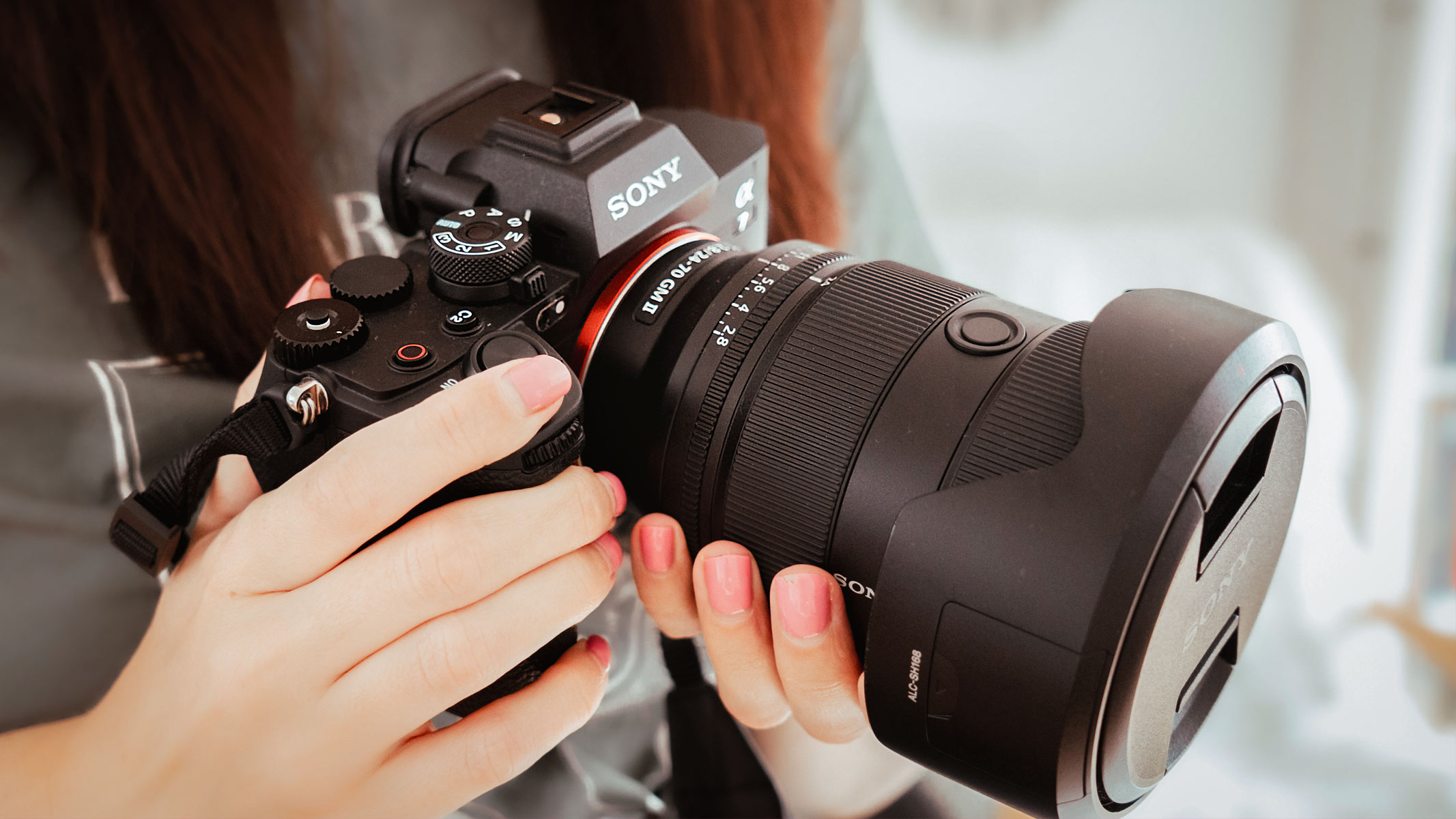Contents

Source: Coeln Cameras · Auf Lager
Understanding Optical Cameras
Basic Principles
Optical cameras are instruments used to record still or moving images. They involve optical imaging from the objective scene to a light detector, such as a photographic film or an electronic image sensor. Most cameras use an imaging objective to focus light from the object onto the detector. This process is essential for capturing clear and detailed images.
Imperfections in Images
Due to limitations in the imaging process, images captured by cameras may have imperfections like limited resolution, geometric distortions, color deviations, and lack of sharpness. Additionally, factors such as finite recording time can lead to blurring in moving objects. Understanding these imperfections is crucial for improving image quality.
Depth of Field and Focus
Cameras have a limited depth of field, which affects the range of distances over which sharp imaging is possible. Depth of field decreases with longer focal lengths and larger apertures. Maintaining proper focus is vital for achieving sharp images. Many cameras now feature autofocus capabilities to automatically adjust focus for different object distances.
Types of Cameras
Photo Cameras
Photo cameras are commonly used for capturing still images. They vary from simple point-and-shoot cameras to more advanced single lens reflex cameras that offer superior optical quality and greater control for photographers. Understanding camera parameters and optics is essential for maximizing the potential of these devices.
Video Cameras
Video cameras are designed for recording moving images, such as for television and surveillance purposes. They employ advanced electronic chips and compression algorithms to store large amounts of video data efficiently. Video cameras range from compact camcorders to high-quality professional cameras with interchangeable lenses.
Microscope Cameras
Some optical microscopes are equipped with cameras for recording microscopic images. These cameras can be film-based or digital, allowing for easy connection to computers for image storage and analysis. Microscope cameras play a crucial role in scientific research and medical diagnostics.
Infrared Cameras
Infrared cameras are sensitive to infrared light, which is often invisible to the human eye. They are used for various applications, including night vision, surveillance, and thermal imaging. Infrared cameras require specialized sensors and optics to detect infrared radiation accurately.
Streak Cameras
Streak cameras are unique devices used for studying fast time-dependent signals rather than capturing images. They function similar to ultrafast oscilloscopes and are essential for scientific research and high-speed imaging applications.
Conclusion
Understanding the principles and types of optical cameras is essential for utilizing these devices effectively. Whether capturing still images, recording videos, or studying microscopic objects, cameras play a crucial role in various fields, including photography, science, and surveillance. Stay informed about the latest advancements in camera technology to make the most of these powerful imaging tools.

Source: Space.com
Feel free to comment your thoughts.



